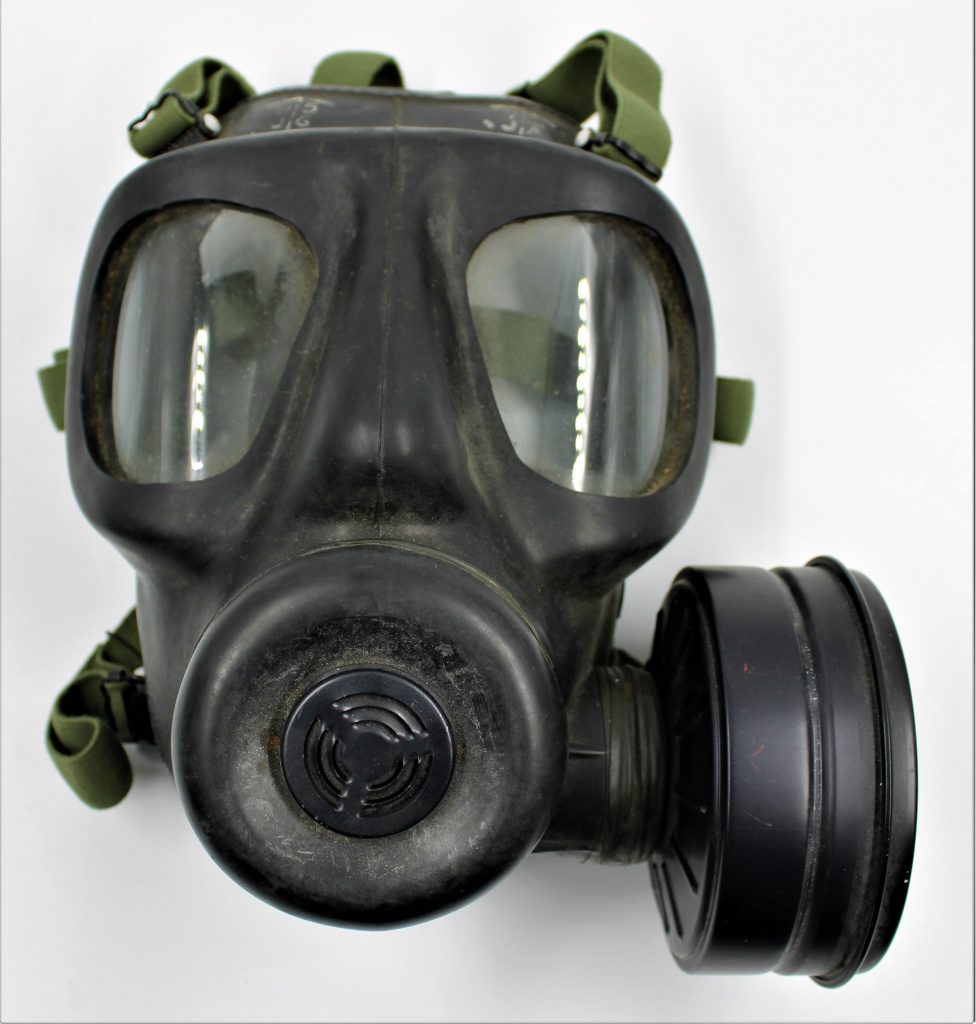New Threats
The changing nature of combat has brought new challenges to the mental health of service personnel. During the Troubles in Northern Ireland (1969-1998) the Army had to adapt to an unfamiliar kind of urban warfare, and for the first time on British soil. Snipers, booby traps, riots, and terrorism were new threats which took their toll.
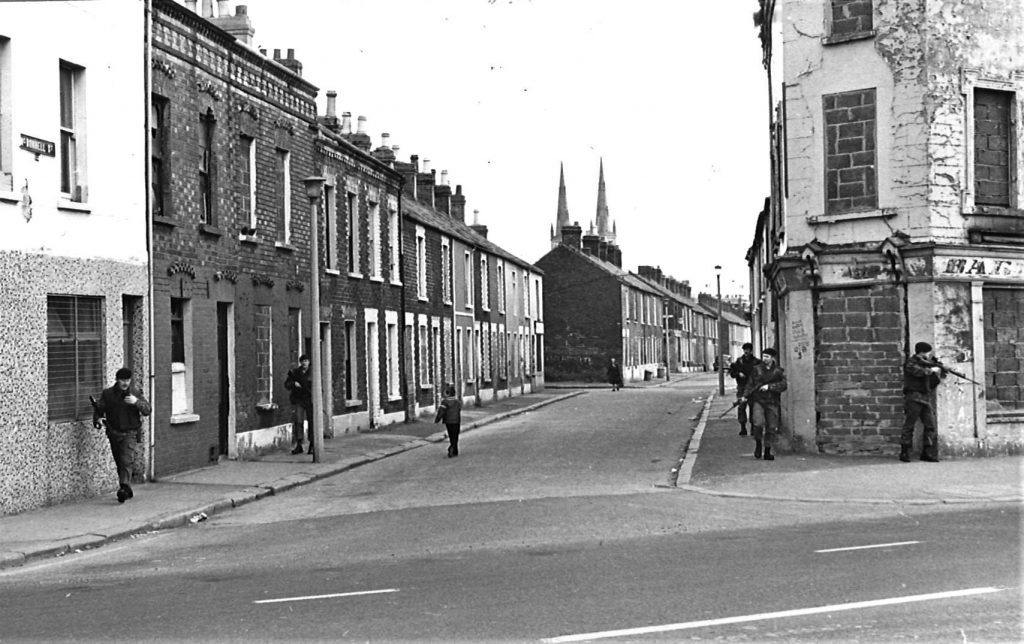
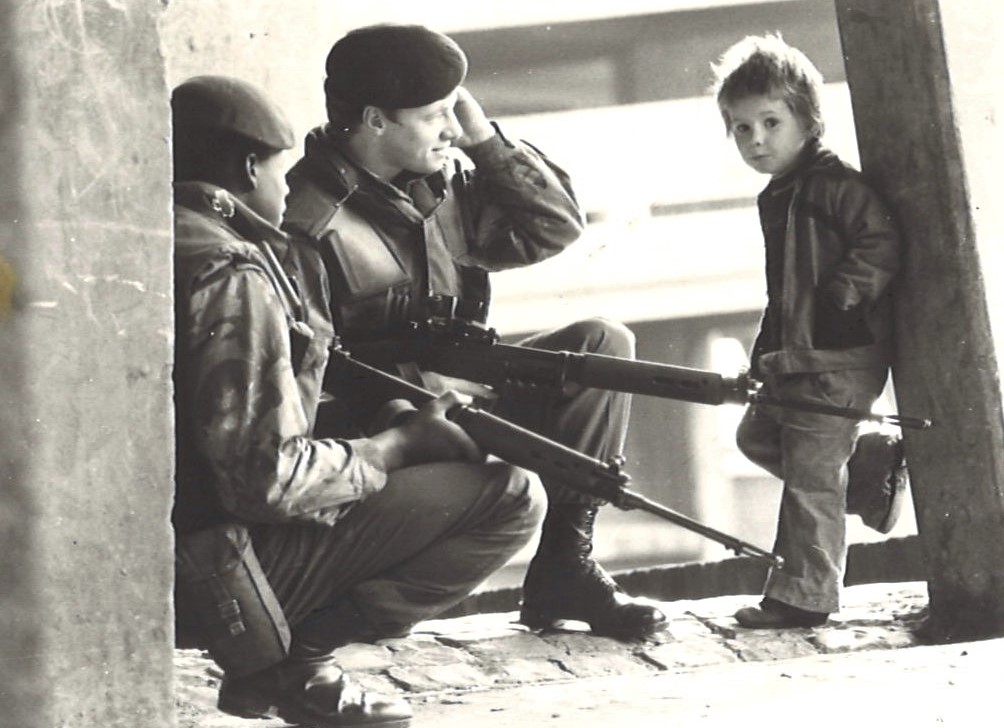
Improvised Explosive Devices (IEDs) are homemade bombs. They are made from commonplace materials, such as water bottles, string, and nails. They are very hard to detect and so are a constant threat. In Afghanistan IEDs killed 224 British soldiers, nearly half of all fatalities during their deployment from 2001-2014.
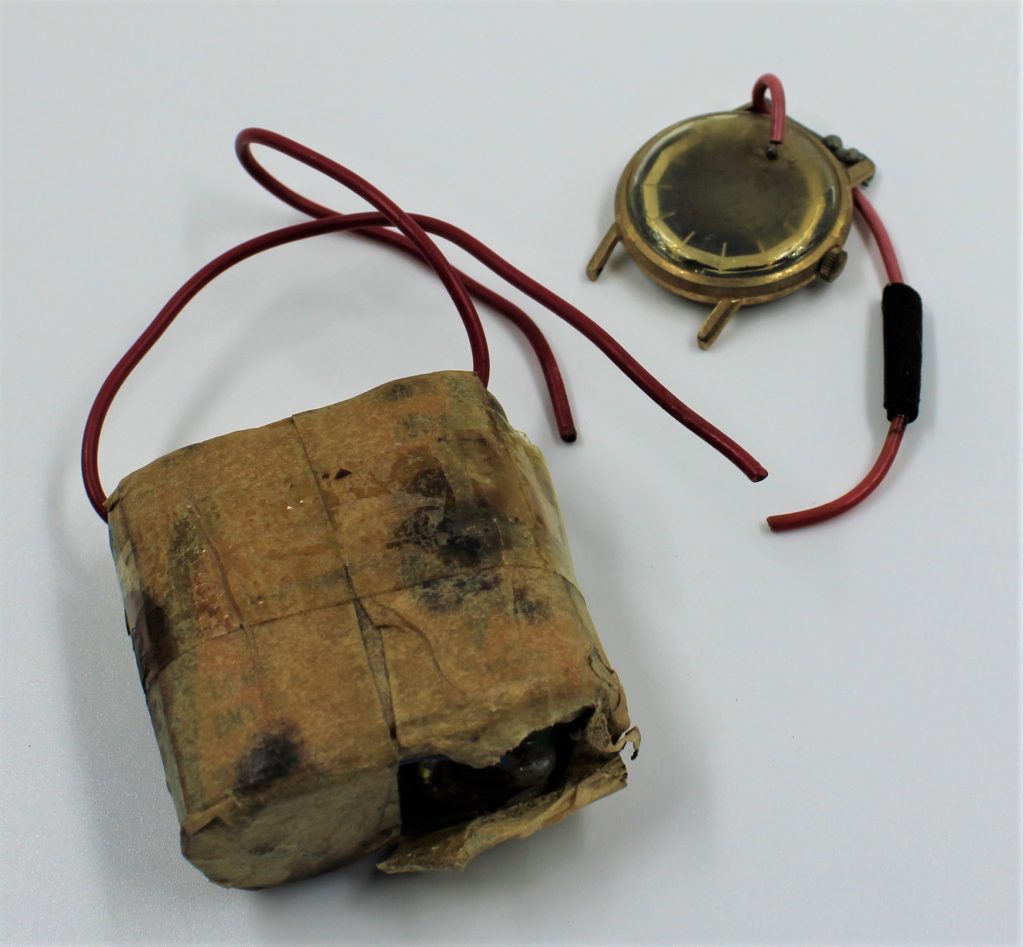
Often featured in films and cartoons, these types of IEDs use a watch to make the bomb go off at a set time.
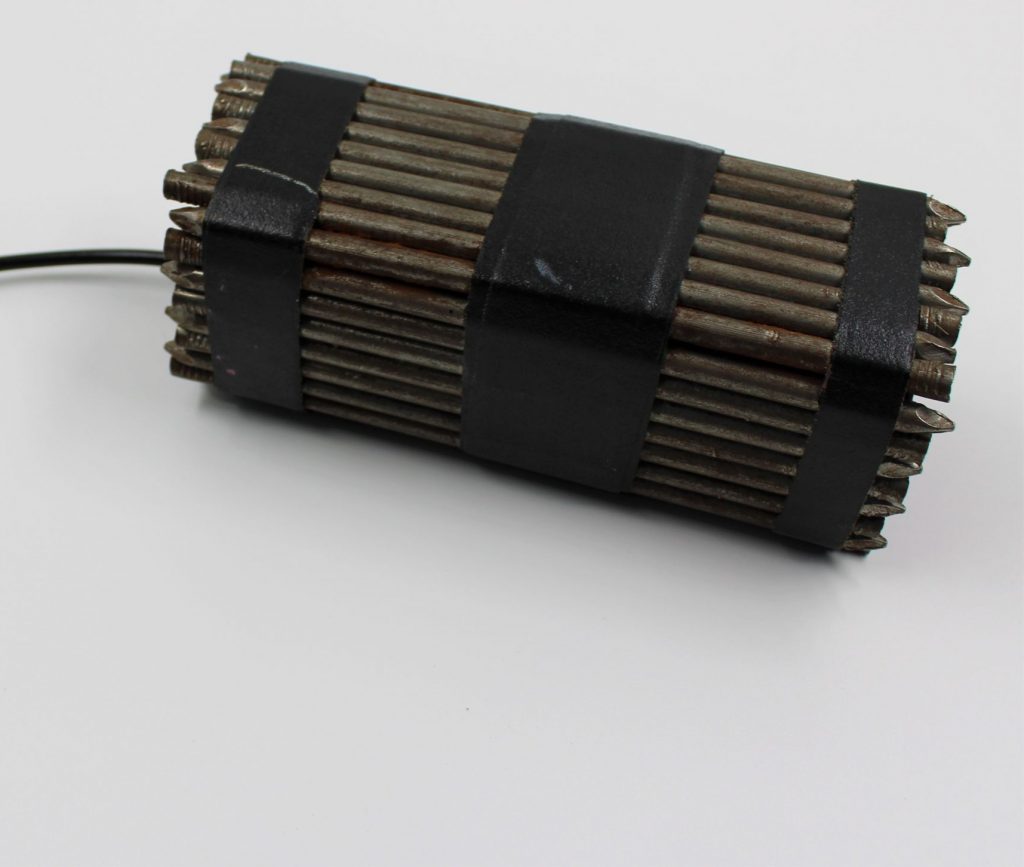
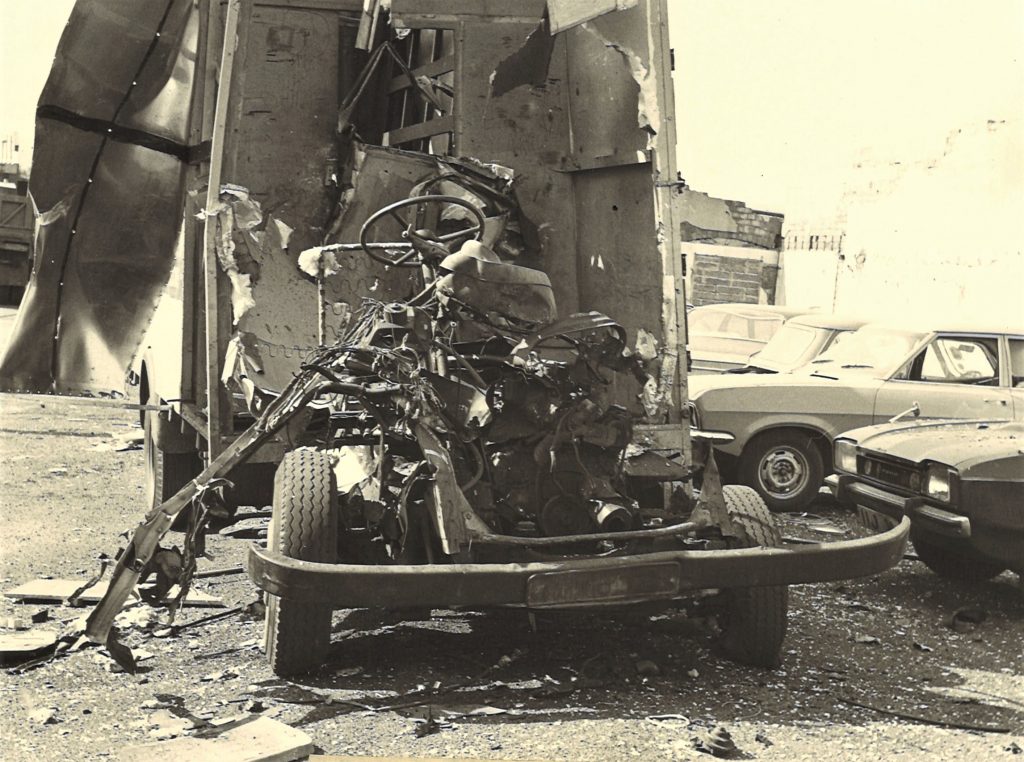
In Iraq the Army was fighting a guerrilla war. Guerrilla warfare is a form of combat where small groups of combatants use irregular tactics, such as ambushes and raids. They allow armies to be more mobile and difficult to predict. Guerrilla fighters often do not wear a uniform. This makes them hard to distinguish from civilians. Guerrilla tactics would have added to the burden of stress and anxiety experienced by those who were fighting.
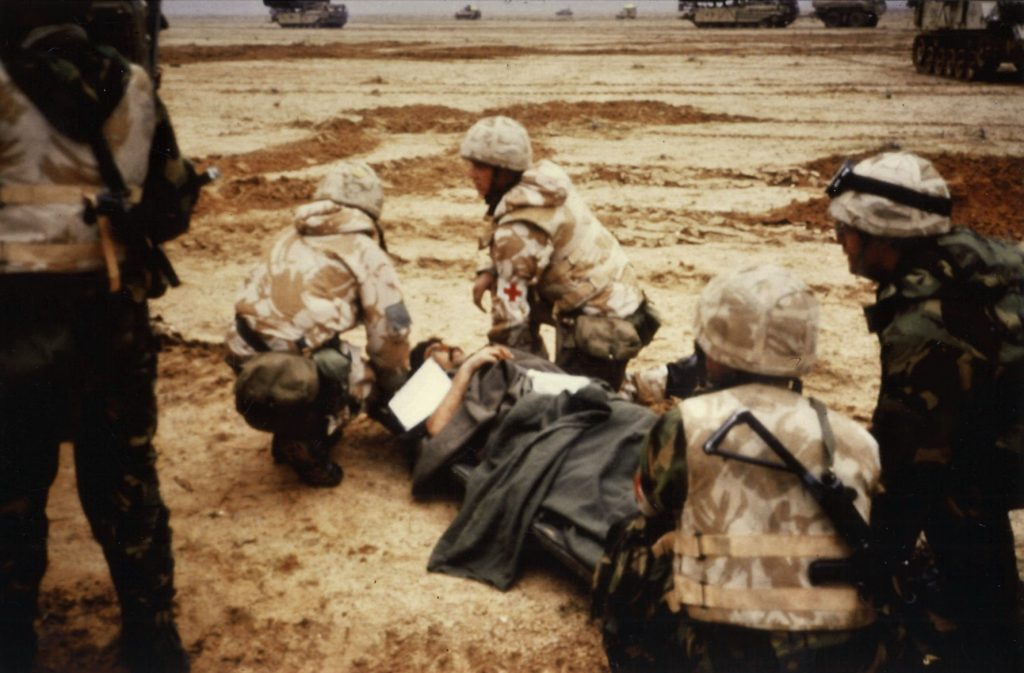
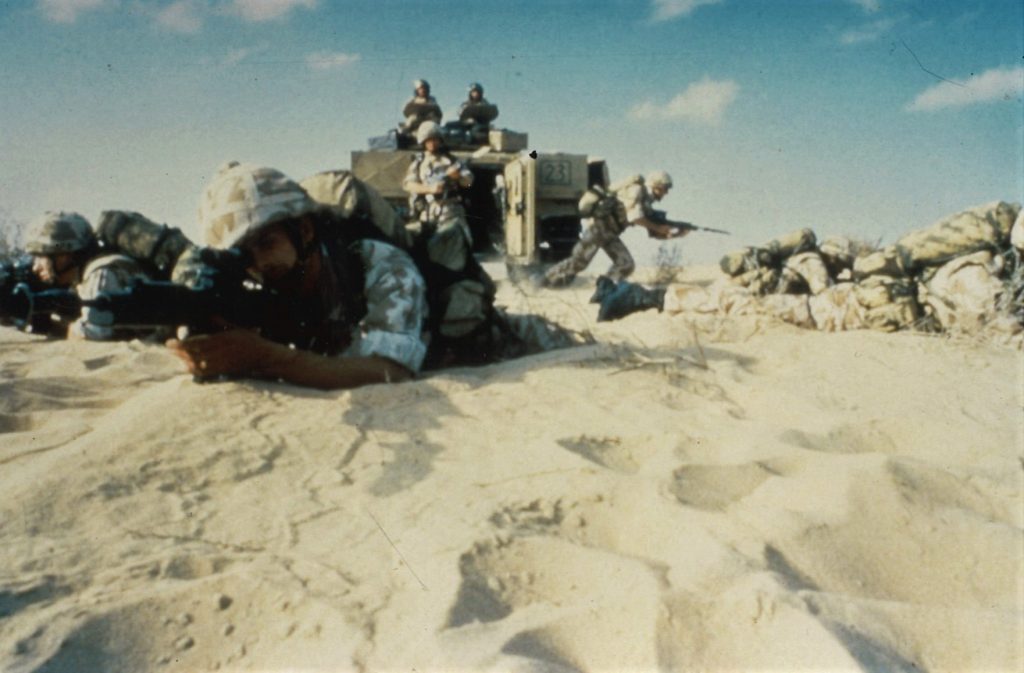
Chemical weapons were believed to cause ‘Gulf War Syndrome’. This is a psychological condition with physical symptoms such as chronic fatigue, joint pain, gastrointestinal issues, headaches, insomnia, dizziness, respiratory issues and memory problems. Exposure to toxic agents was believed to cause the condition. The headline of this newspaper article captures the culture of fear which new biological weapons created.
